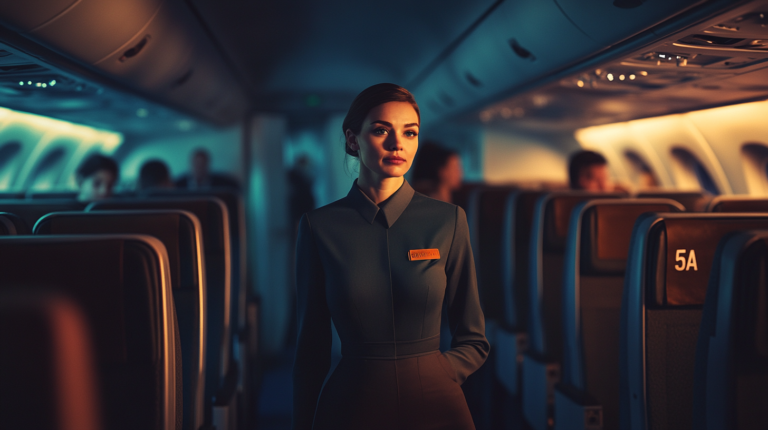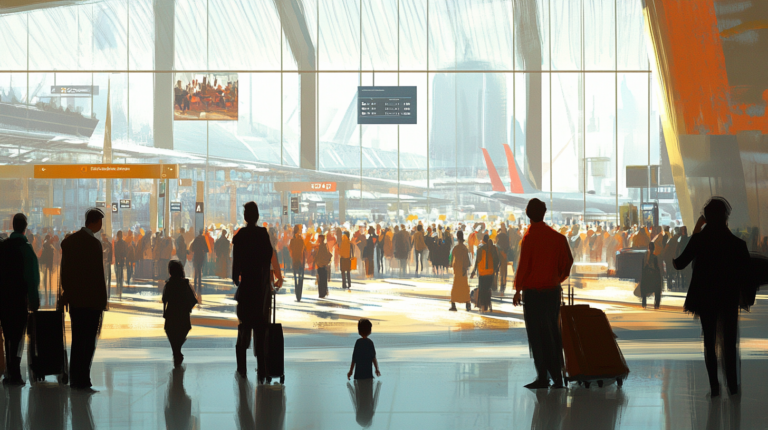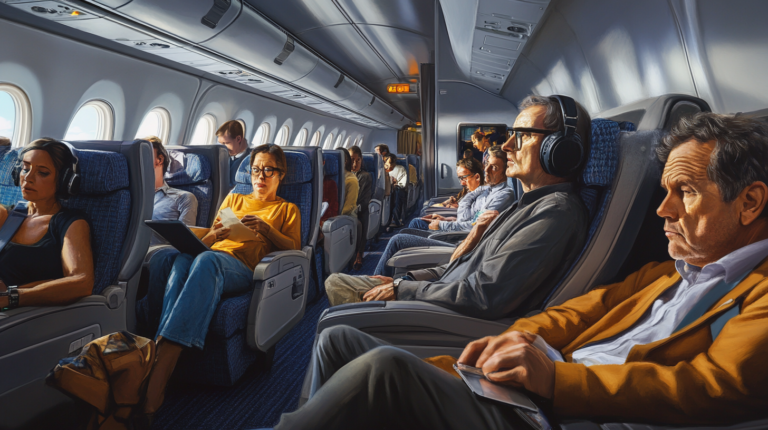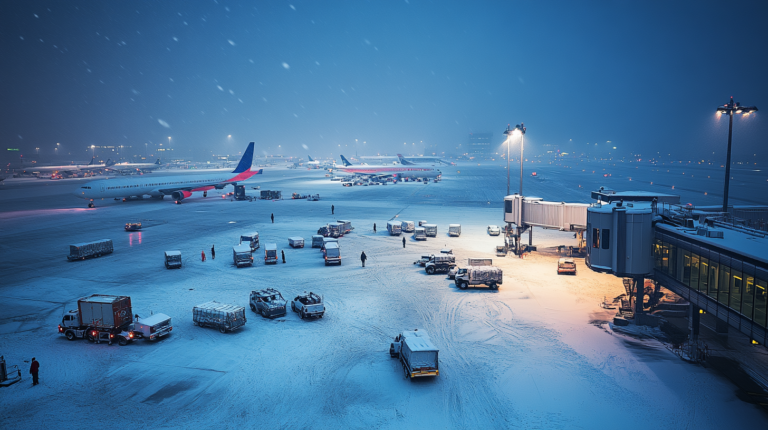Mastering Airline Personal Item Sizes: Your Ultimate Guide to Hassle-Free Travel
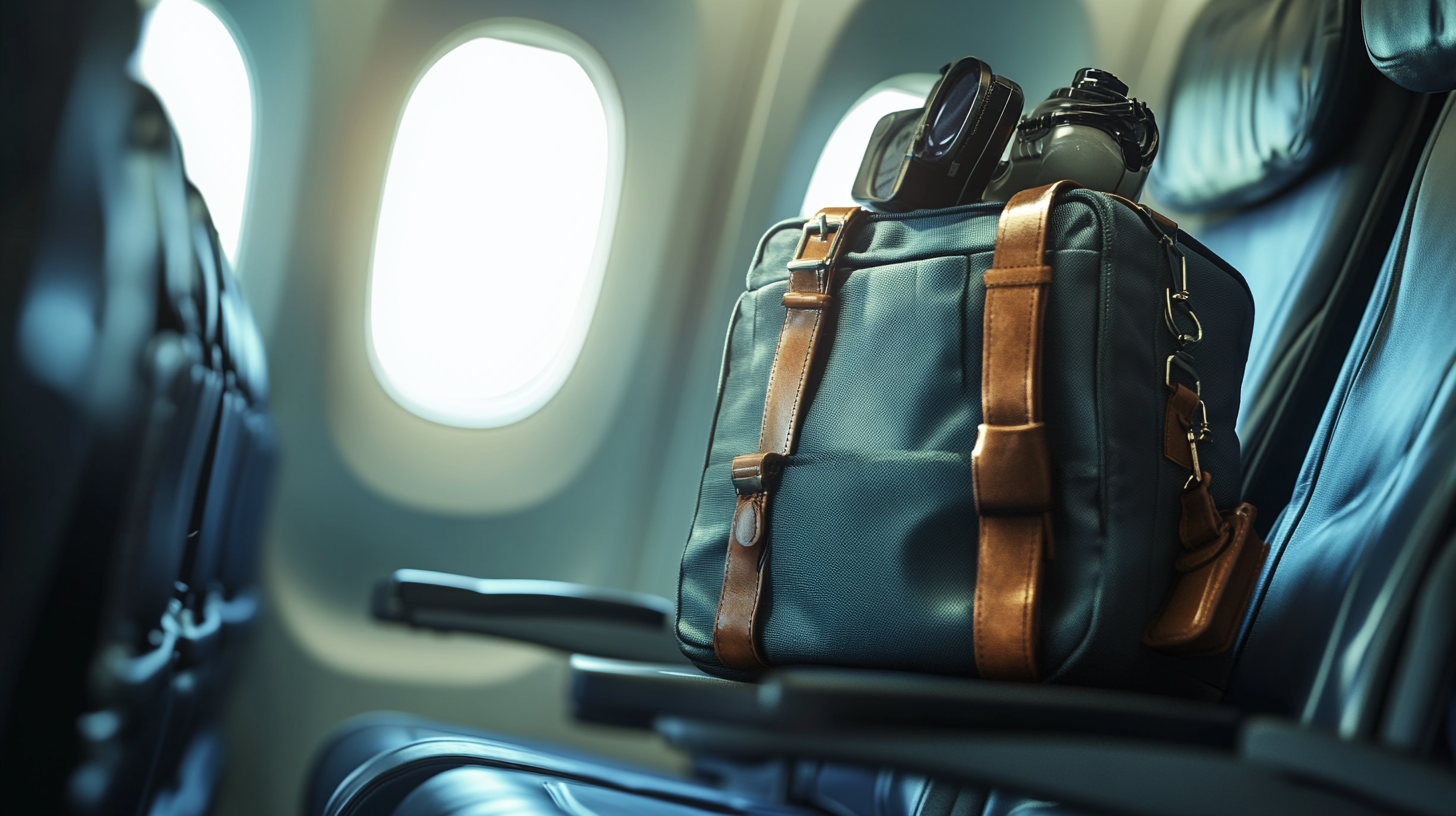
Air travel can transform from a daunting experience into a seamless journey when you’re thoroughly prepared, especially regarding your luggage. The myriad of rules and restrictions surrounding baggage can be overwhelming, and one area that often causes confusion is the size limits for personal items on flights. Understanding and navigating these rules is essential for ensuring a hassle-free trip and avoiding unexpected baggage fees that can sour your travel experience. This comprehensive guide delves deep into the nuances of airline personal item sizes, offering valuable insights to help you pack efficiently, adhere to regulations, and travel smarter.
The Importance of Knowing Personal Item Regulations
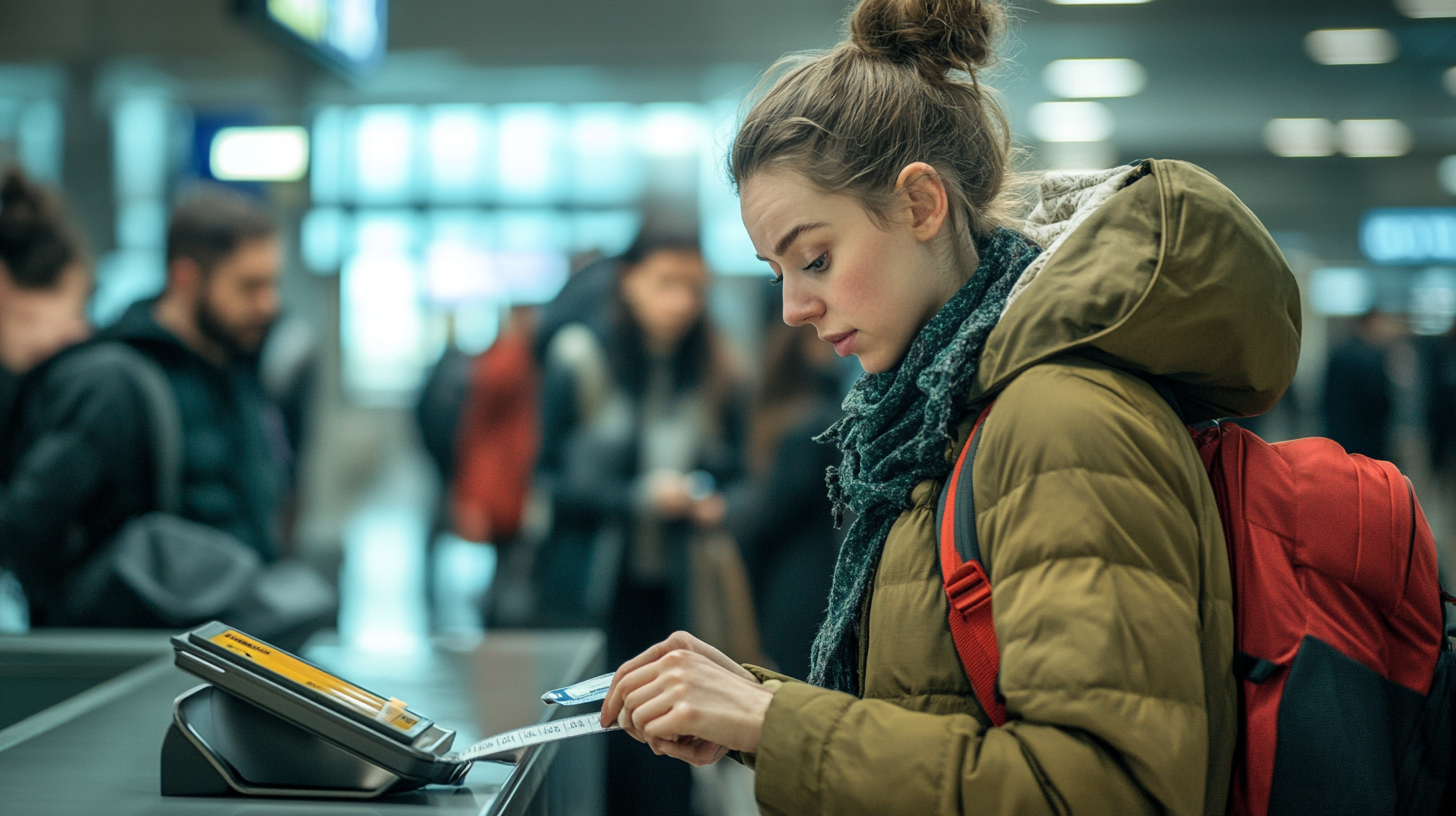
Airlines enforce specific guidelines for carry-on luggage and personal items, and these rules can vary significantly between carriers and even between aircraft types within the same airline. Personal items are typically smaller bags intended to fit under the seat in front of you—such as purses, briefcases, or compact backpacks. Grasping these regulations is crucial for several reasons:
- Avoiding Additional Fees: Exceeding size limits can result in costly baggage fees or the inconvenient requirement to check your bag at the gate, potentially delaying your journey.
- Packing Efficiency: Knowing the allowed dimensions assists in selecting the appropriate bag and encourages packing only the essentials, reducing unnecessary weight and bulk.
- Smooth Boarding Process: Compliance with size restrictions ensures a seamless boarding experience without hold-ups, benefiting not only you but also your fellow passengers and the airline staff.
Understanding these regulations empowers you to make informed decisions when packing and can significantly enhance your overall travel experience.
General Guidelines for Personal Item Sizes
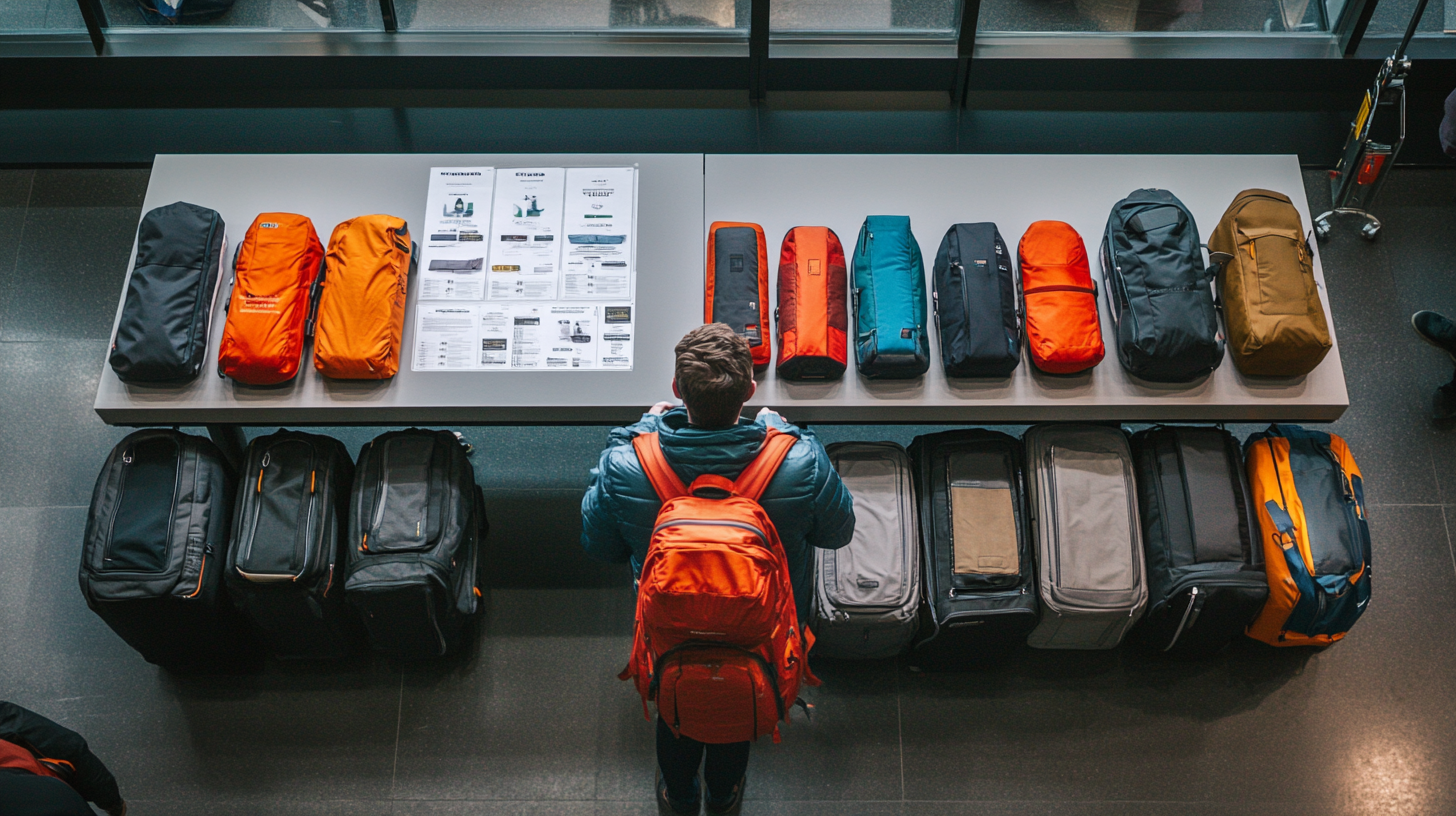
While each airline establishes its own policies, there are common trends in personal item dimensions that can serve as a helpful starting point:
- Typical Dimensions: Many U.S. airlines allow personal items with maximum dimensions around 18 x 14 x 8 inches. This size is generally suitable for items like laptop bags, small duffels, or under-seat suitcases.
- Under-Seat Fit: The personal item must fit entirely under the seat in front of you, leaving the aisle and overhead bins clear for larger carry-on luggage. This requirement ensures that all passengers have access to overhead storage for their allotted items.
- Weight Limits: Generally, personal items are not subject to strict weight restrictions, focusing instead on size. However, it’s wise to ensure your bag is manageable to lift and carry, as excessively heavy items can pose safety risks.
These are broad guidelines, and it’s essential to verify specifics with your airline prior to traveling. Consult the official airline baggage policy page for detailed information on permitted sizes and types of personal items.
Variations Among Airlines
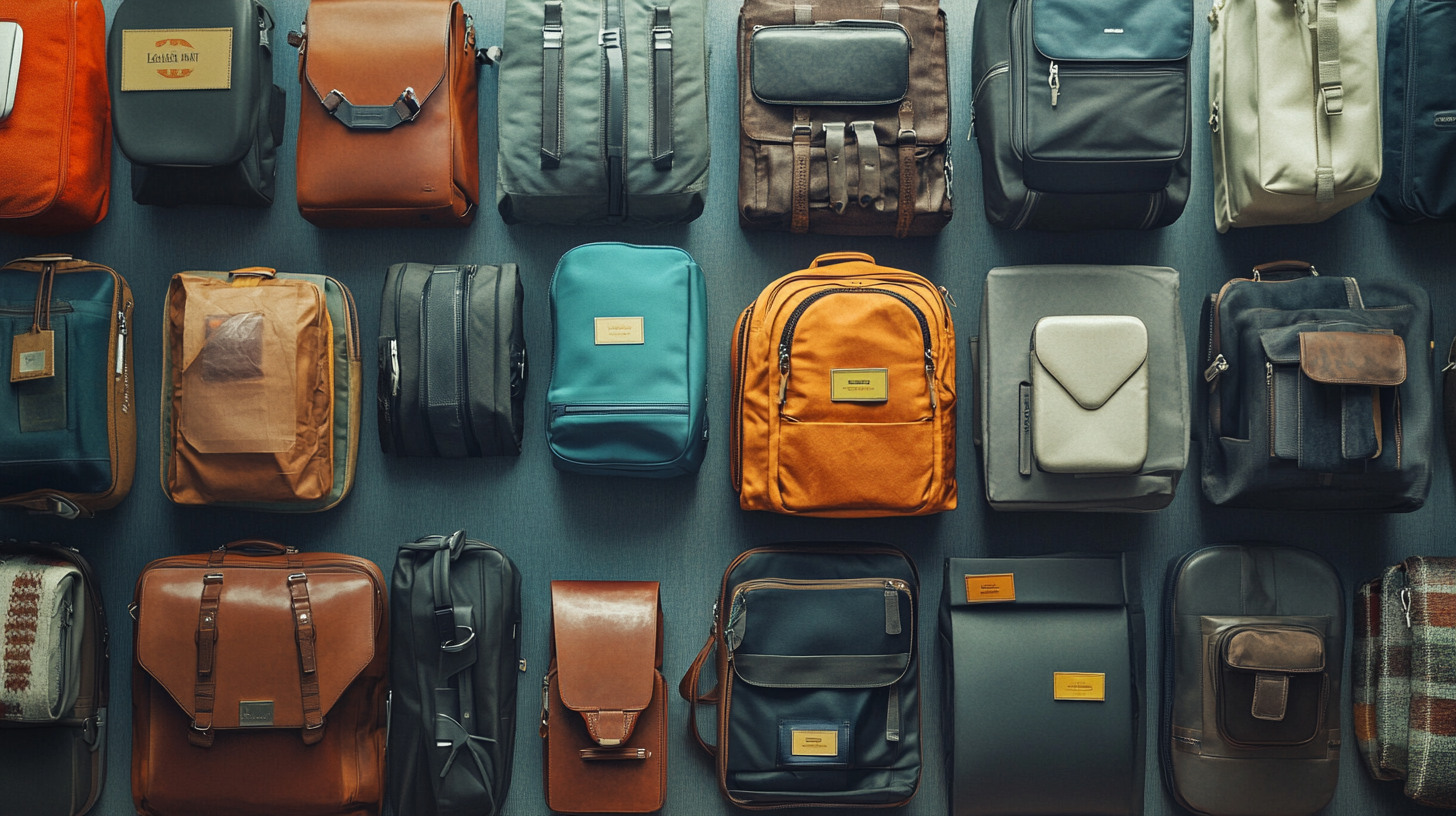
Airlines differ in their definitions and restrictions for personal items, and even frequent travelers can find it challenging to keep track of the nuances. Here’s a closer look at some major carriers and their policies:
Delta Airlines
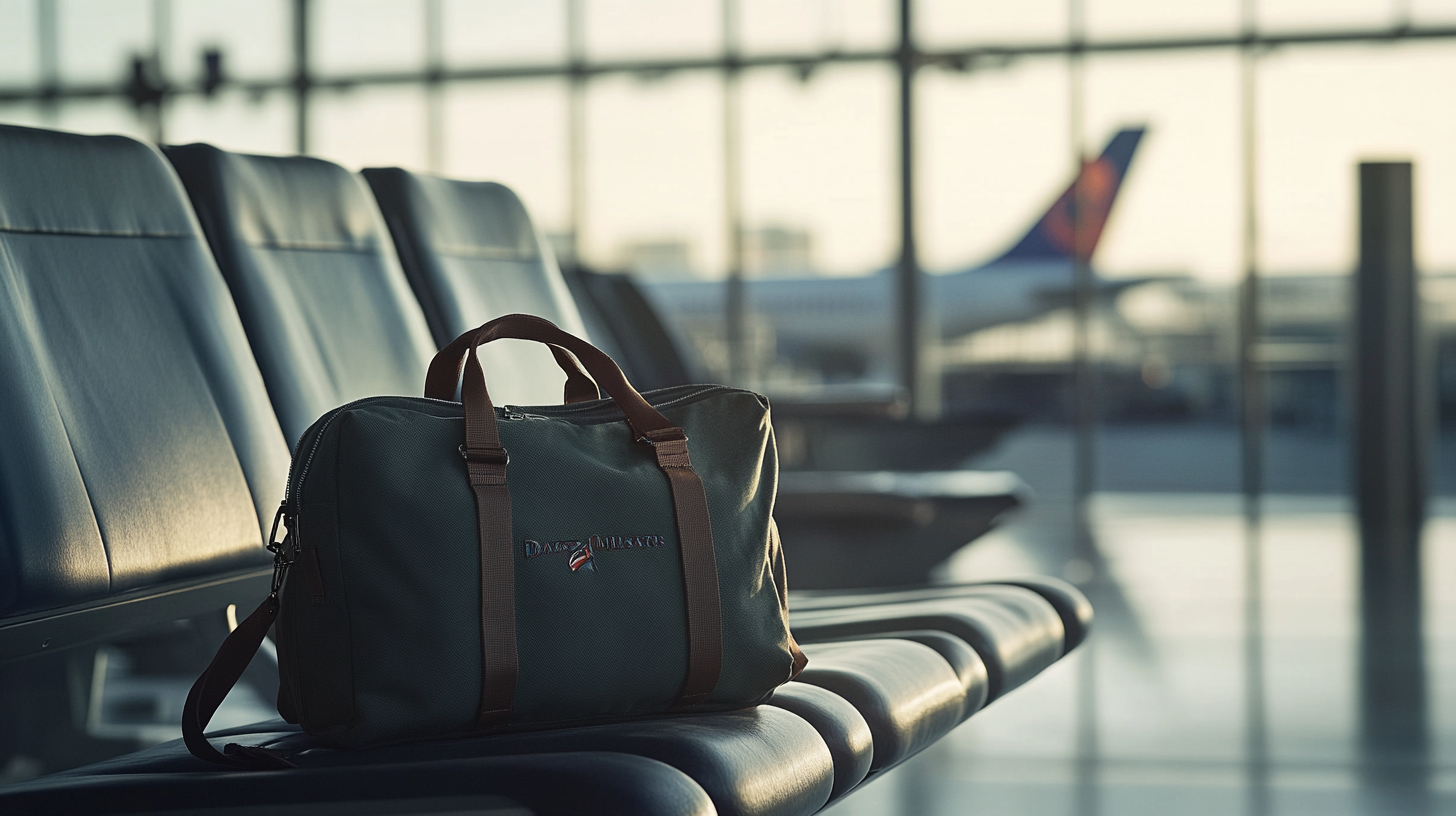
Delta does not specify exact dimensions for personal items. The policy states that passengers may bring a personal item that fits under the seat, such as a purse, laptop bag, or small backpack. Due to the varying aircraft sizes in Delta’s fleet, under-seat space can differ. As a general guideline, an item measuring up to 18 x 14 x 8 inches should fit comfortably. If you’re traveling on a regional jet or have concerns about space, contacting Delta directly can provide specific under-seat dimensions for your flight. Additional details can be found at Delta Airlines personal item guidelines .
Southwest Airlines
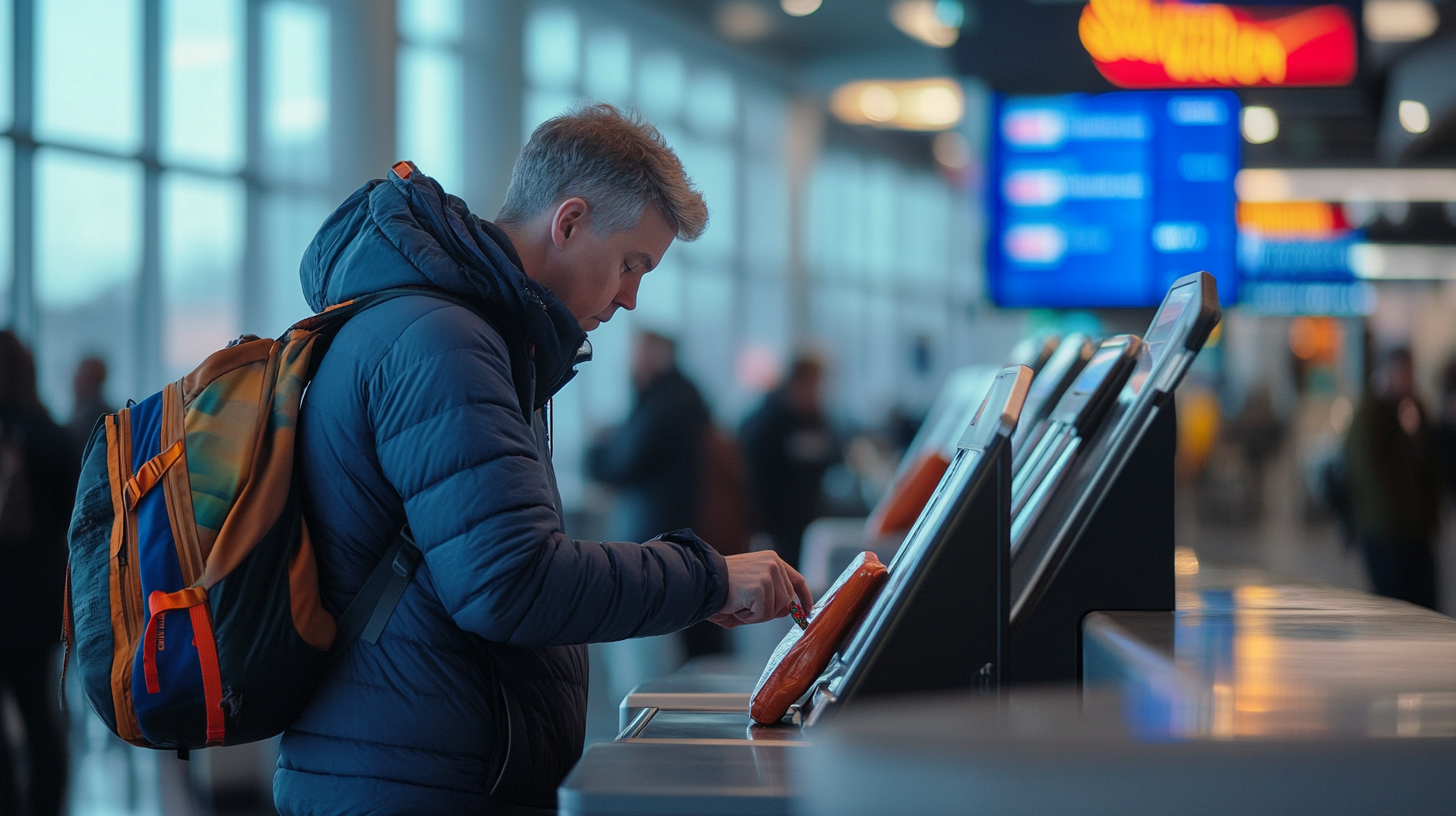
Southwest allows personal items to be no larger than 18.5 x 13.5 x 8.5 inches. They emphasize that the item must fit under the seat without obstructing access to the aisle or other seats. Because Southwest does not assign seats, boarding with compliant luggage ensures a smoother process. For more information on how to optimize your packing for Southwest flights, refer to Southwest Airlines baggage policy insights .
Spirit Airlines

As a budget carrier, Spirit enforces stricter limits to offset low flight prices. Personal items must not exceed 18 x 14 x 8 inches, including handles and wheels. Strict adherence is essential, as Spirit is known for diligently checking bag sizes at the gate and charging fees for non-compliant luggage. Travelers can find tips on packing efficiently within these constraints at strategies for packing with Spirit Airlines’ baggage limits .
United Airlines
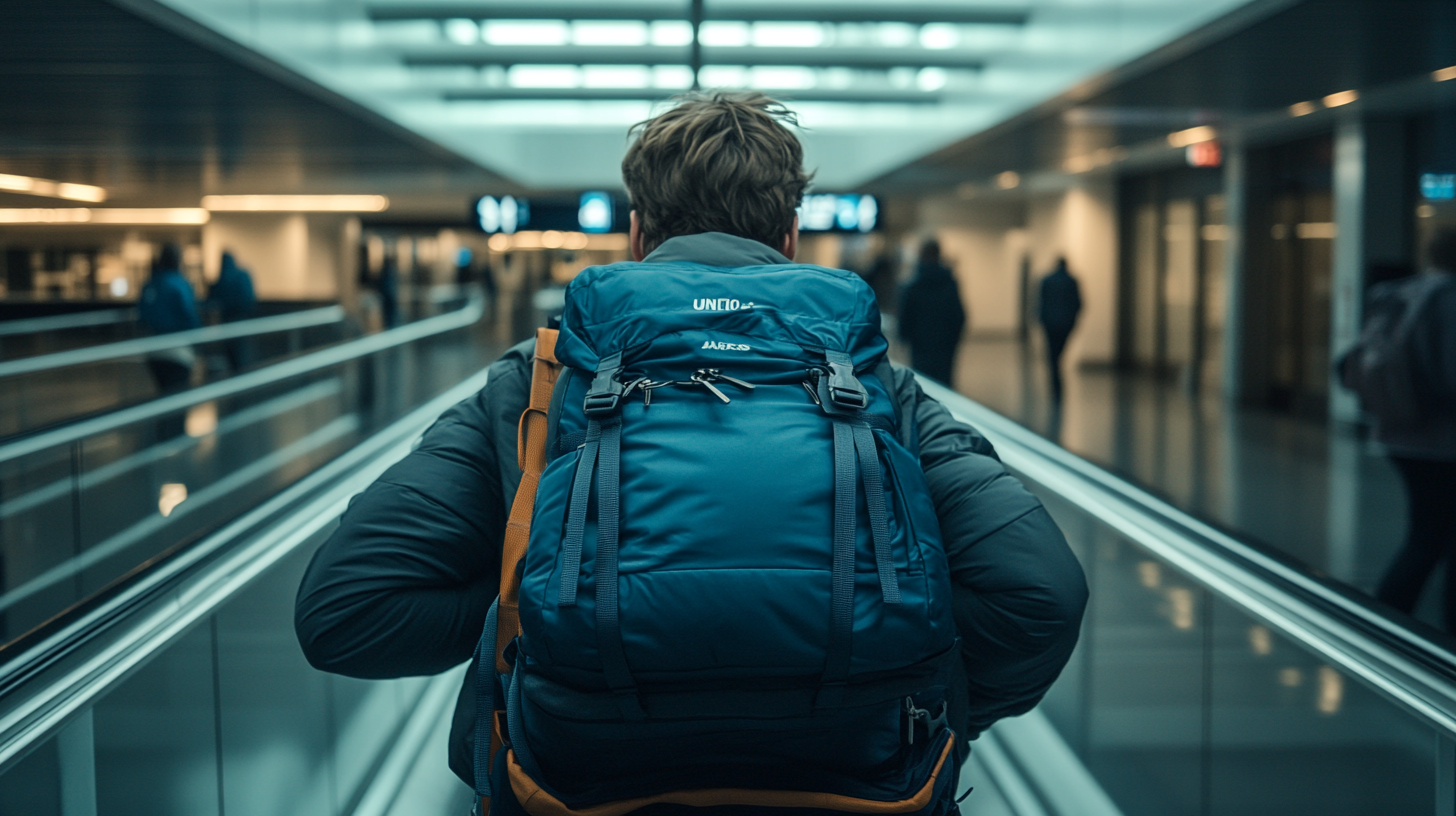
United permits personal items up to 17 x 10 x 9 inches. Similar to other airlines, the item should fit under the seat in front of you. United also offers a comprehensive list of approved personal items, which can include items like umbrellas, cameras, and duty-free merchandise. Detailed guidelines are available at United Airlines personal item policies .
Carry-On vs. Personal Item: Understanding the Difference

It’s important to clearly distinguish between a carry-on bag and a personal item to avoid confusion and potential fees:
- Carry-On Bags: These are larger bags stored in the overhead bins. Common size limits are around 22 x 14 x 9 inches, though some airlines allow slightly larger dimensions. Carry-on bags are ideal for travelers needing more space but still wishing to avoid checked baggage. For an extensive comparison, see carry-on size allowances across airlines .
- Personal Items: These are smaller bags that must fit under the seat in front of you. Examples include purses, briefcases, small backpacks, or laptop bags. They are intended to keep essential items accessible during the flight.
Most airlines allow passengers to bring one carry-on and one personal item for free, but budget airlines may charge for carry-ons while allowing personal items at no cost. Understanding this distinction can help you plan your packing strategy effectively.
Tips for Complying with Personal Item Restrictions
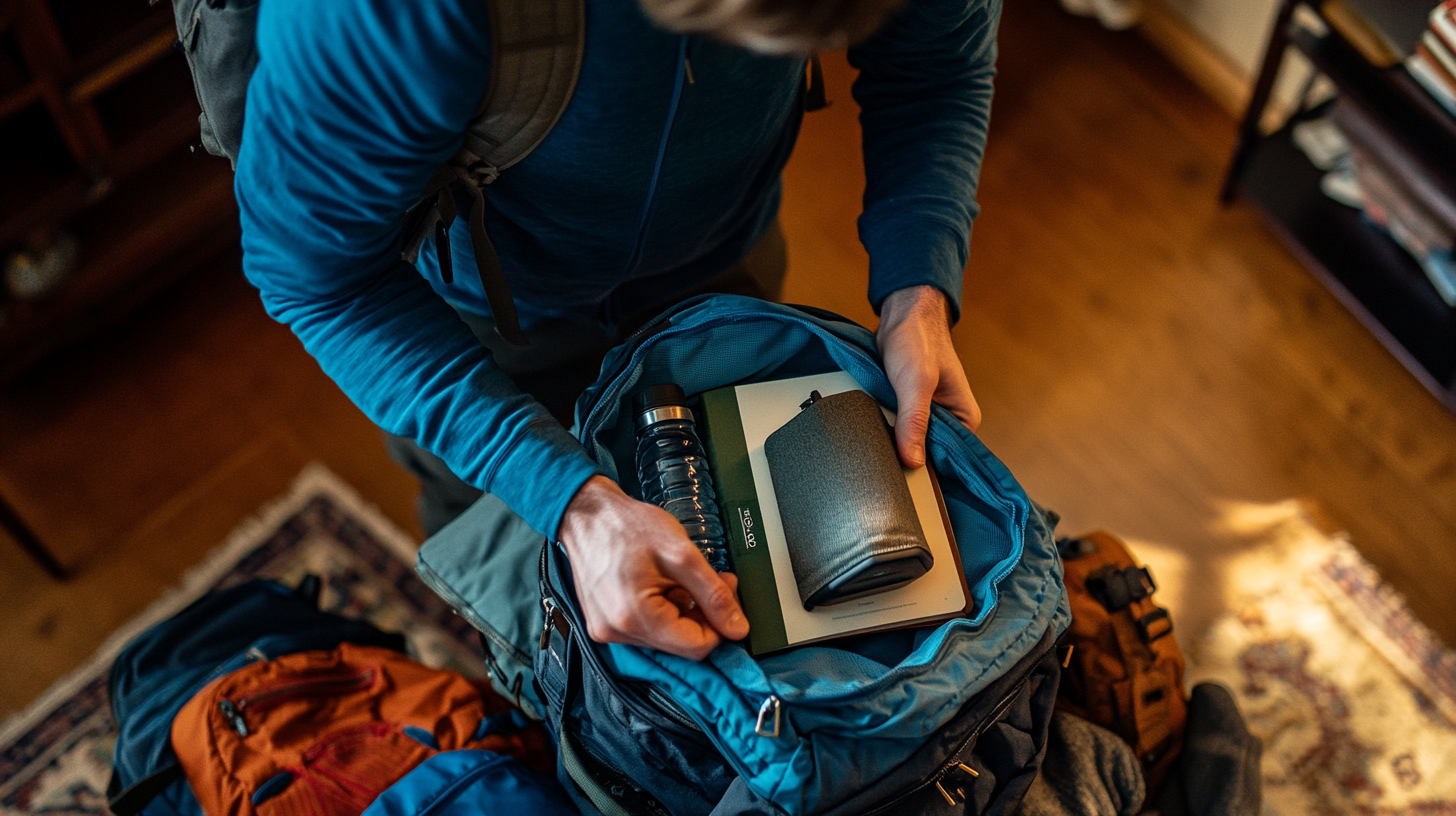
To ensure your personal item meets airline requirements and to enhance your travel comfort, consider the following tips:
- Measure Your Bag: Include handles, wheels, and any external pockets in your measurements to ensure compliance. Manufacturers may list dimensions that exclude these parts, so it’s best to double-check yourself.
- Choose the Right Bag: Invest in a bag designed to meet most airlines’ personal item dimensions. Items like slim laptop backpacks or under-seat rolling bags can maximize your packing space while staying within size limits. Consult the best under-seat luggage options for air travel for recommendations.
- Pack Essentials: Keep important items like medications, travel documents, electronics, and valuables in your personal item. This practice ensures that even if you have to check your carry-on, you’ll still have your essential items with you.
- Check Airline Policies: Always review the specific airline’s website for the most up-to-date information, as policies can change. Visiting the comprehensive list of airline baggage policies can provide a consolidated resource for multiple airlines.
- Consider Under-Seat Dimensions: Be aware that aisle seats may have less under-seat space due to equipment like life jackets or the curvature of the aircraft. If possible, choose a seat with ample storage or adjust your bag accordingly.
Avoiding Additional Fees
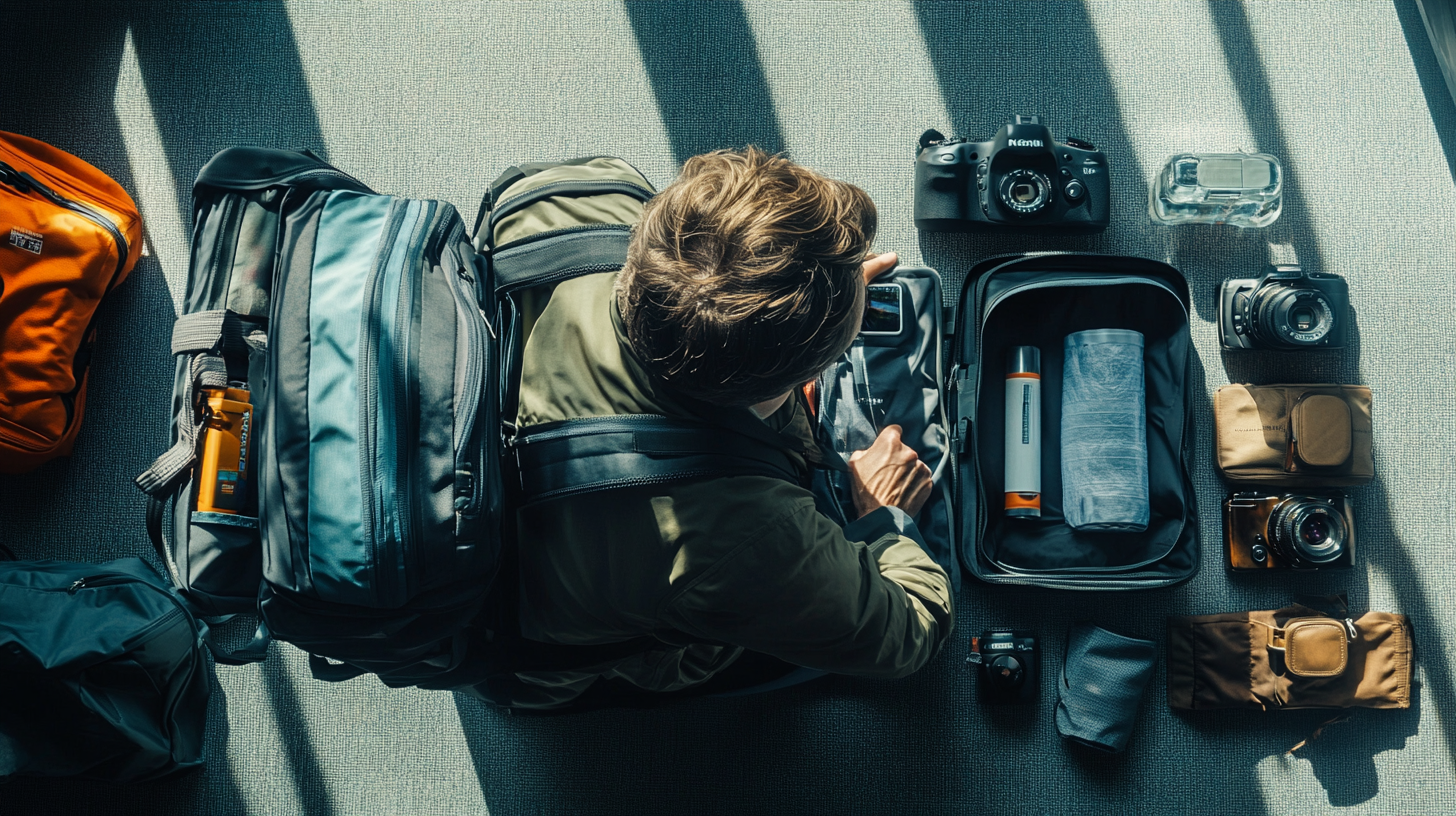
Unplanned baggage fees can add stress and unexpected costs to your trip. To keep your travel budget intact and maintain peace of mind:
- Book Baggage Early: If your airline charges for carry-ons, purchasing baggage allowances during booking is usually cheaper than paying at the airport. Early planning can save you both time and money.
- Stay Within Limits: Adhering strictly to size and weight restrictions prevents surprise fees at the gate. Use a luggage scale and measuring tape to verify your bags before leaving home.
- Use a Compliant Bag: Investing in luggage that meets the most restrictive airline requirements maximizes versatility and ensures you can use the same bag across different airlines without issue. For guidance, see universal carry-on bags suitable for all airlines .
- Be Mindful of Budget Carriers: Airlines like Spirit and Frontier have lower base fares but charge for extras like carry-on bags. Calculate the total cost of your trip, including baggage fees, to determine the most cost-effective option.
Understanding these strategies can help you avoid unnecessary expenses and streamline your travel experience.
International Travel Considerations
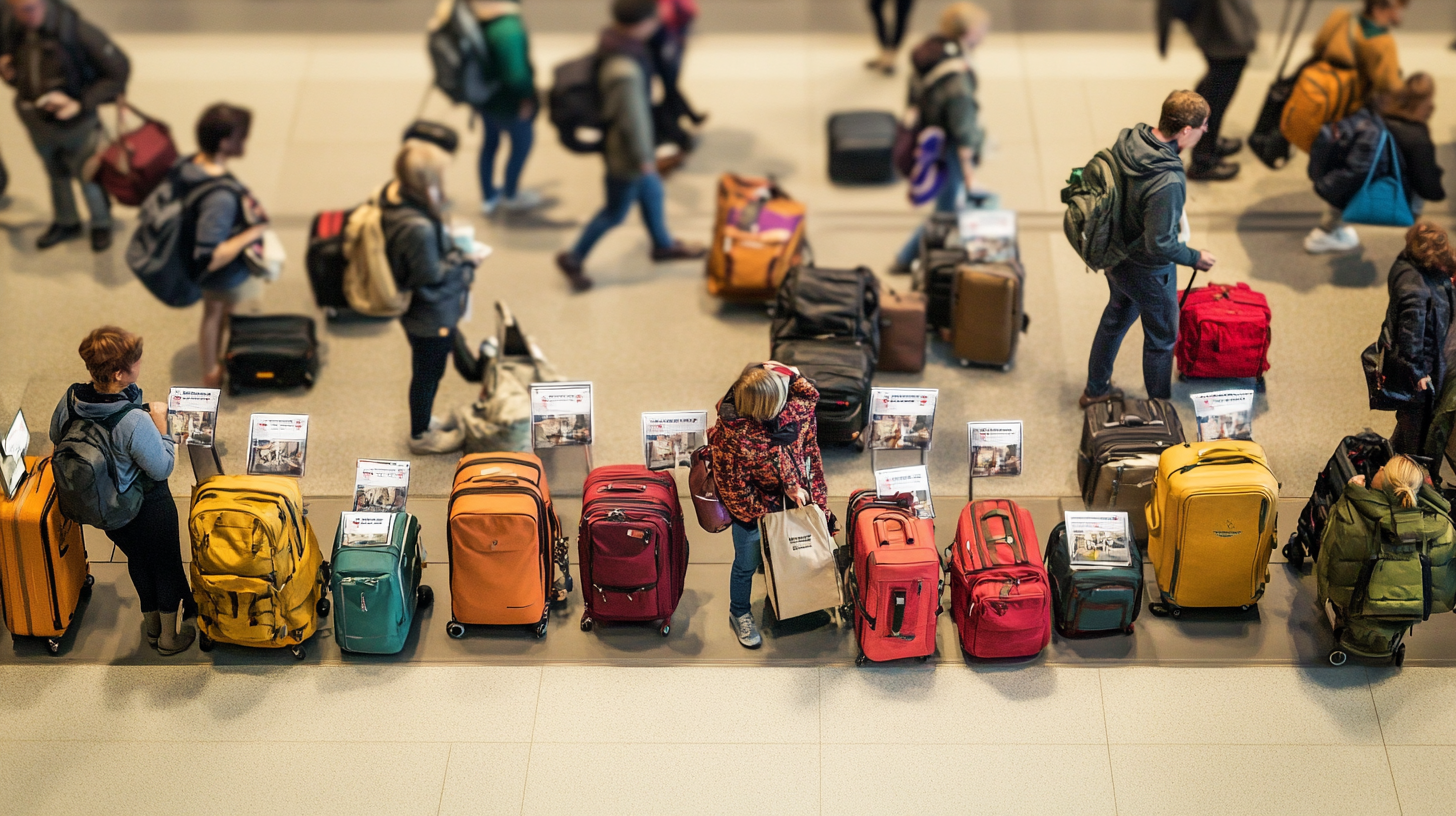
When flying internationally, additional factors come into play that may affect your luggage planning:
- Weight Limits May Apply: Some international airlines impose weight restrictions on personal items and carry-ons, sometimes as low as 15 pounds (7 kilograms). Overweight bags may need to be checked, incurring fees.
- Size Limits Vary: Dimensions can differ significantly from U.S. airlines, with some international carriers allowing smaller personal items. Always verify with the carrier before departure to avoid complications.
- Check Seating Types: Under-seat space can vary, especially in premium economy or bulkhead seats where storage may be limited or non-existent. In such cases, personal items may need to be stored in overhead bins during takeoff and landing.
- Customs and Security Regulations: International flights may have different rules regarding prohibited items in personal luggage. Review the international travel security guidelines to ensure compliance with regulations.
Being aware of these considerations ensures that your international journey is as smooth as possible, free from luggage-related hiccups.
Final Thoughts
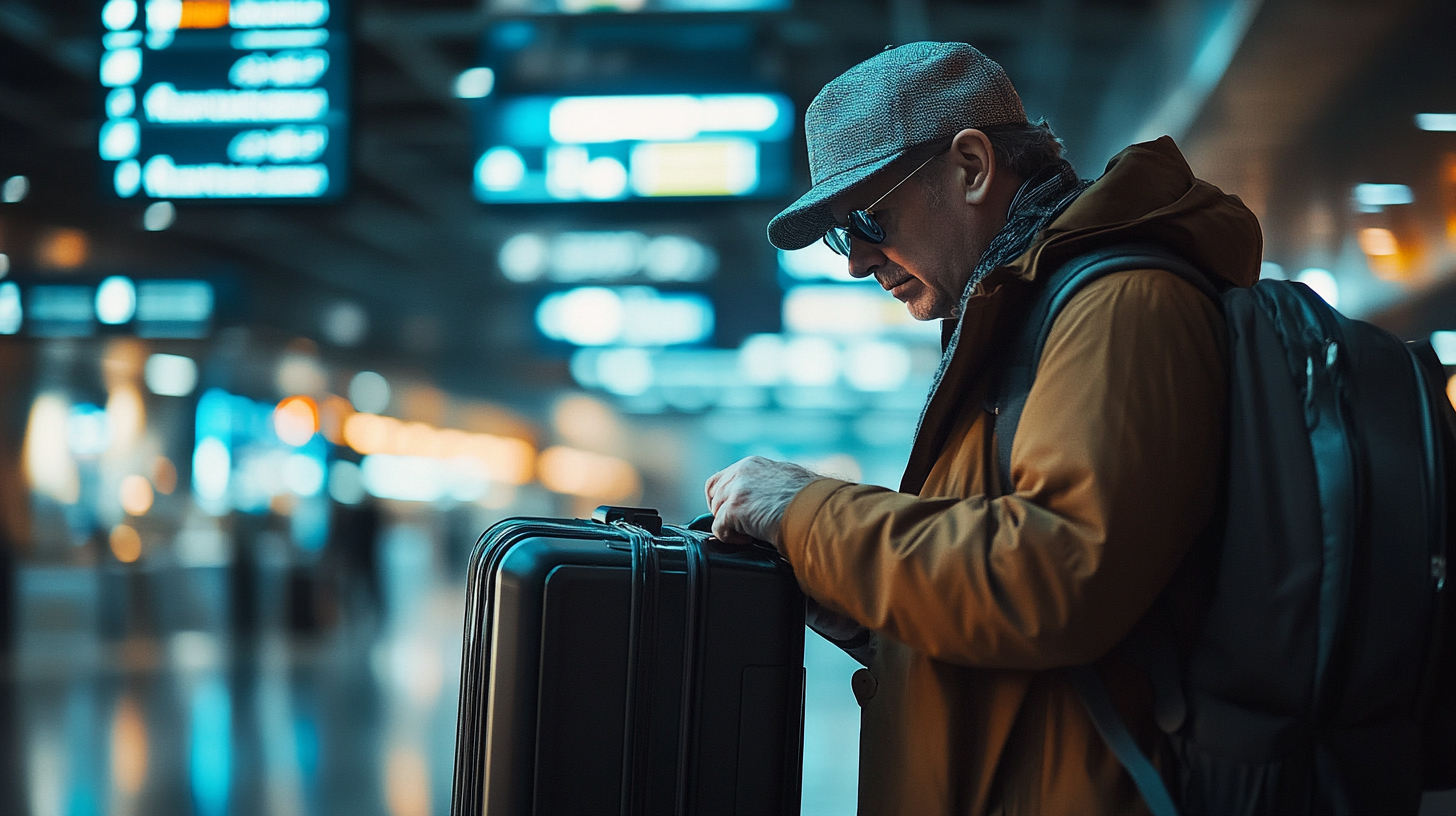
Follow us back to Seat 5A for more travel tips and insights. Being well-informed about personal item sizes and airline policies not only enhances your travel experience but also saves time and money. By understanding the requirements and planning accordingly, you can avoid unnecessary fees, ensure a comfortable flight, and focus on the excitement of your journey ahead. Knowledge is a powerful tool in travel—equip yourself with it, and you’ll navigate the skies with confidence and ease.
Key Takeaways:
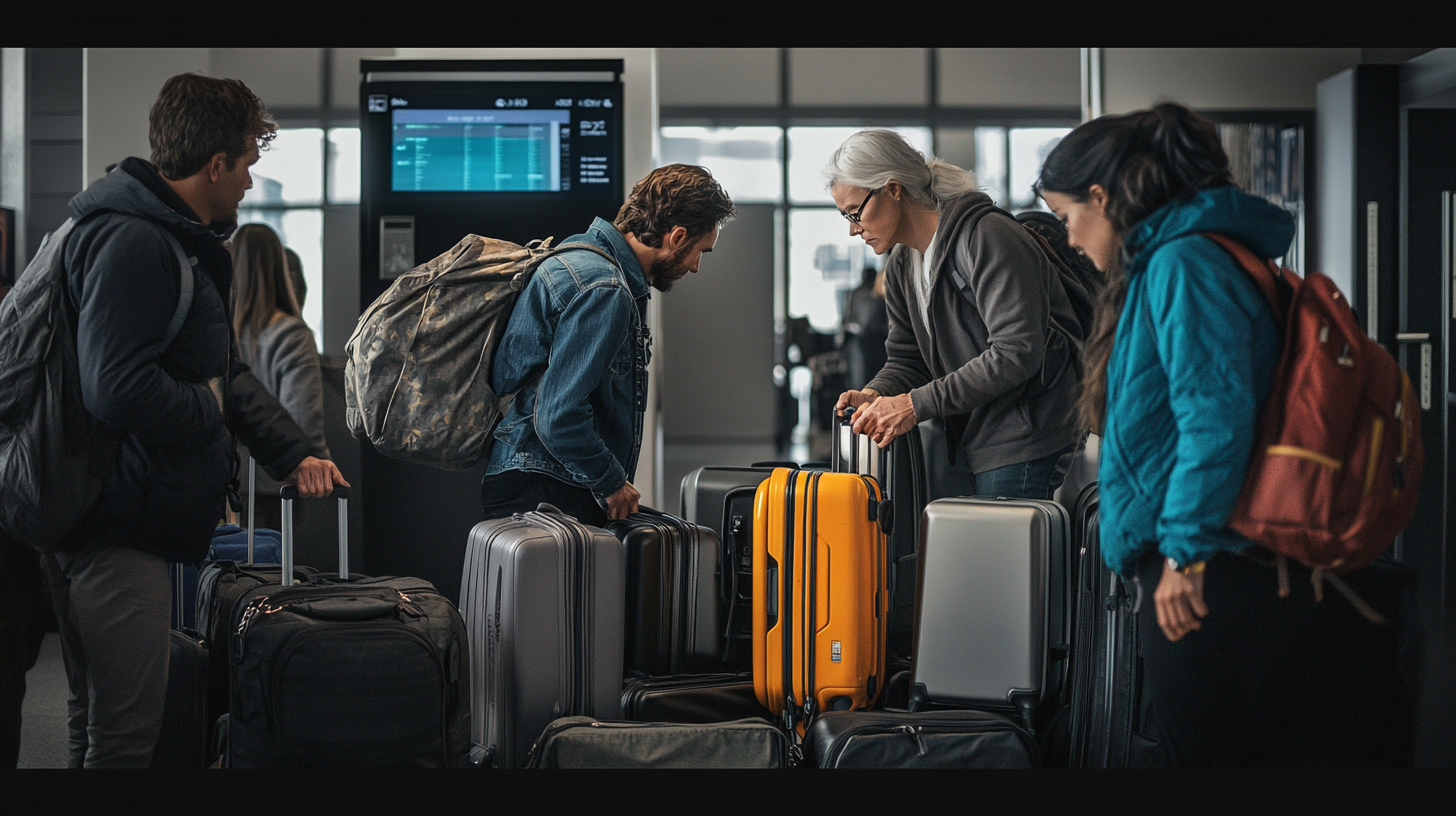
- Know Your Airline’s Rules: Policies vary widely, so always check the specific guidelines of the airline you’re flying with before packing.
- Measure Carefully: Include all parts of your bag in measurements—handles, wheels, and pockets—to ensure it fits under the seat.
- Prioritize Essentials: Pack important items in your personal bag in case your carry-on must be checked unexpectedly.
- Stay Updated: Airline policies can change frequently; review them before each trip to ensure compliance.
- Plan Ahead: Consider your seating arrangement, aircraft type, and any connecting flights when packing your personal item.
By adhering to these guidelines and taking advantage of available resources like the personal item packing checklist for air travel , you can streamline your packing process and enjoy a more pleasant travel experience.
Equip yourself with this knowledge, and you’ll navigate the skies with confidence and ease.

